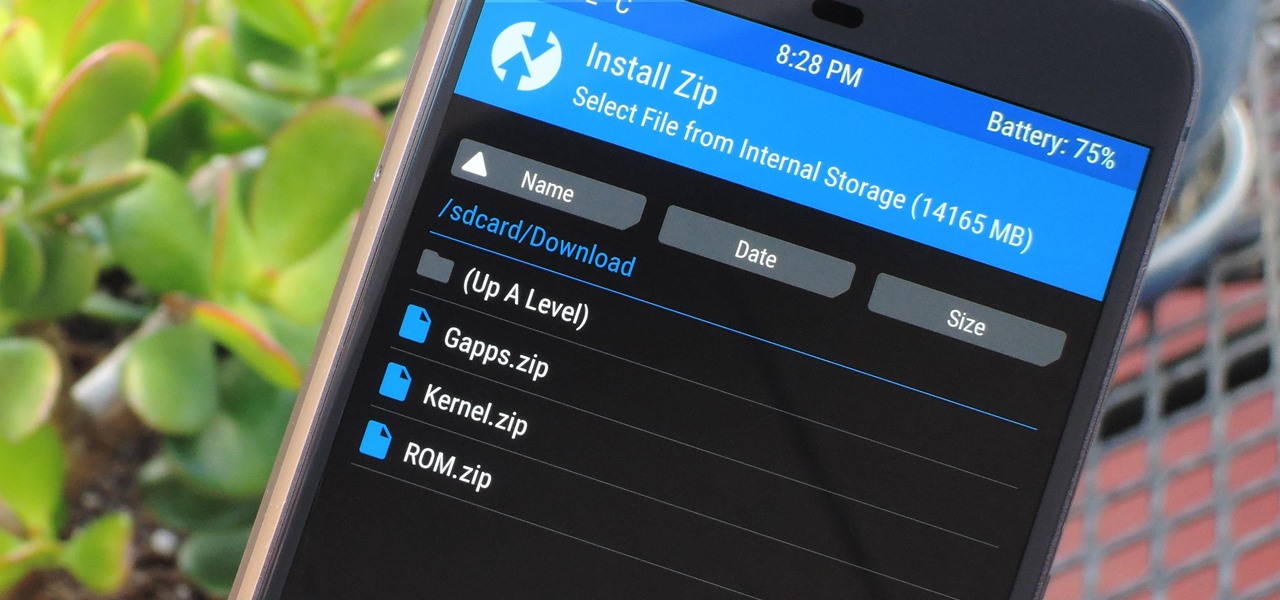In the world of Android, one of the most appealing aspects is the ability to customize your device by installing custom ROMs. Custom ROMs are aftermarket firmware that can provide a variety of features and customization options beyond what the stock ROM offers. If you’re new to the concept of custom ROMs, you may be wondering how to get started. This guide will take you through the process step by step, so you can unleash the full potential of your Android device.
1. Understand the Risks and Benefits
Before you start the process of flashing a custom ROM on your Android device, it’s important to understand the risks and benefits involved. On the one hand, custom ROMs can offer improved performance, additional features, and a more personalized user experience. On the other hand, there are risks involved, such as voiding your device’s warranty and the potential for bricking your device if the installation process goes awry. It’s essential to weigh these factors carefully before proceeding.
2. Backup Your Data
Before you begin the process of flashing a custom ROM, it’s crucial to back up all of your data. This includes your contacts, photos, videos, and any other important files stored on your device. While flashing a custom ROM doesn’t necessarily erase all of your data, there is always a risk of data loss during the installation process. To ensure that you don’t lose any valuable information, be sure to back up everything to an external source, such as a computer or cloud storage service.

Credit: android.gadgethacks.com
3. Unlock Your Bootloader
In order to flash a custom ROM, you’ll typically need to unlock your device’s bootloader. The bootloader is the program that loads the operating system when you turn on your device. Unlocking the bootloader allows you to install custom firmware and make other low-level modifications to your device. It’s important to understand that unlocking your bootloader may void your warranty, so be sure to research the implications for your specific device before proceeding.
4. Install a Custom Recovery
Once your bootloader is unlocked, the next step is to install a custom recovery on your device. A custom recovery is a replacement for the stock recovery that comes pre-installed on Android devices. It allows you to perform various system-level tasks, such as flashing custom ROMs, making full system backups, and clearing the device’s cache. The most popular custom recovery options for Android devices are TWRP (Team Win Recovery Project) and ClockworkMod Recovery.
5. Download and Flash the Custom ROM
With your custom recovery installed, you’re now ready to download and flash the custom ROM of your choice. There are countless custom ROMs available for Android devices, each offering its own set of features and customization options. Before downloading a custom ROM, be sure to research the developer’s reputation and read user reviews to ensure that it’s a stable and reliable option. Once you’ve chosen a custom ROM, transfer the ROM file to your device and use your custom recovery to flash it.
6. Clear Cache and Reboot
After flashing the custom ROM, it’s a good idea to clear the device’s cache before rebooting. This can help prevent any issues that may arise from residual data left over from the previous ROM. To clear the cache in TWRP, for example, go to “Wipe” > “Advanced Wipe” and select the cache partition. Once the cache is cleared, you can reboot your device and experience the new custom ROM in all its glory.

Credit: www.wikihow.com
Frequently Asked Questions Of How To Flash/install Custom Roms On Your Android
How Can I Flash/install Custom Roms On My Android Device?
To flash or install custom ROMs on your Android device, you can follow these simple steps:
What Are Custom Roms And Why Should I Install Them On My Android Device?
Custom ROMs are modified operating systems for Android devices, created by third-party developers. Installing custom ROMs can offer you benefits such as improved performance, additional features, and the ability to customize your device according to your preferences.
Is It Safe To Flash/install Custom Roms On My Android Device?
Flashing or installing custom ROMs on your Android device carries some risks, such as voiding your device’s warranty, potentially bricking your device, and introducing security vulnerabilities. It’s crucial to research and choose reputable custom ROMs and follow the installation instructions carefully to minimize these risks.
How Do I Find And Choose The Right Custom Rom For My Android Device?
Before flashing a custom ROM, ensure that it is specifically built for your device’s model and variant. Explore reputable Android forums, websites, and communities to find a compatible and well-reviewed custom ROM. Consider factors such as stability, developer support, and user feedback to make an informed decision.
Conclusion
Installing a custom ROM on your Android device can be a rewarding experience, providing you with a custom-tailored user interface and additional functionality. However, it’s important to approach the process with caution and careful consideration of the potential risks. By following the steps outlined in this guide, you can safely and confidently explore the world of custom ROMs and unlock the full potential of your Android device.
